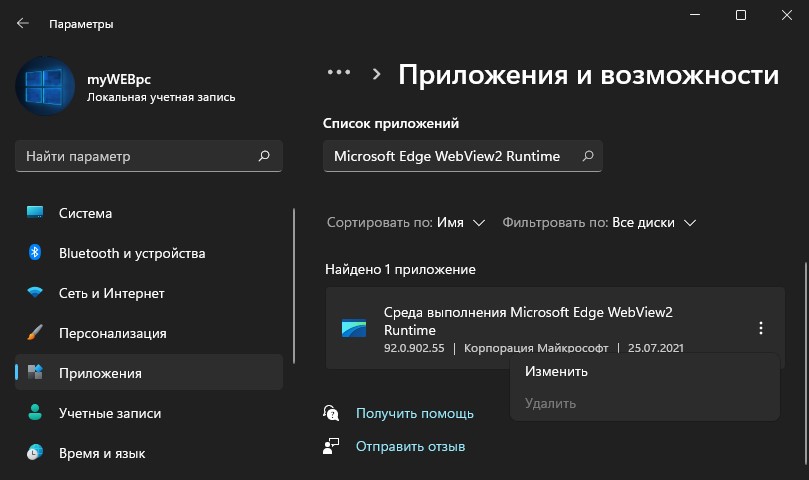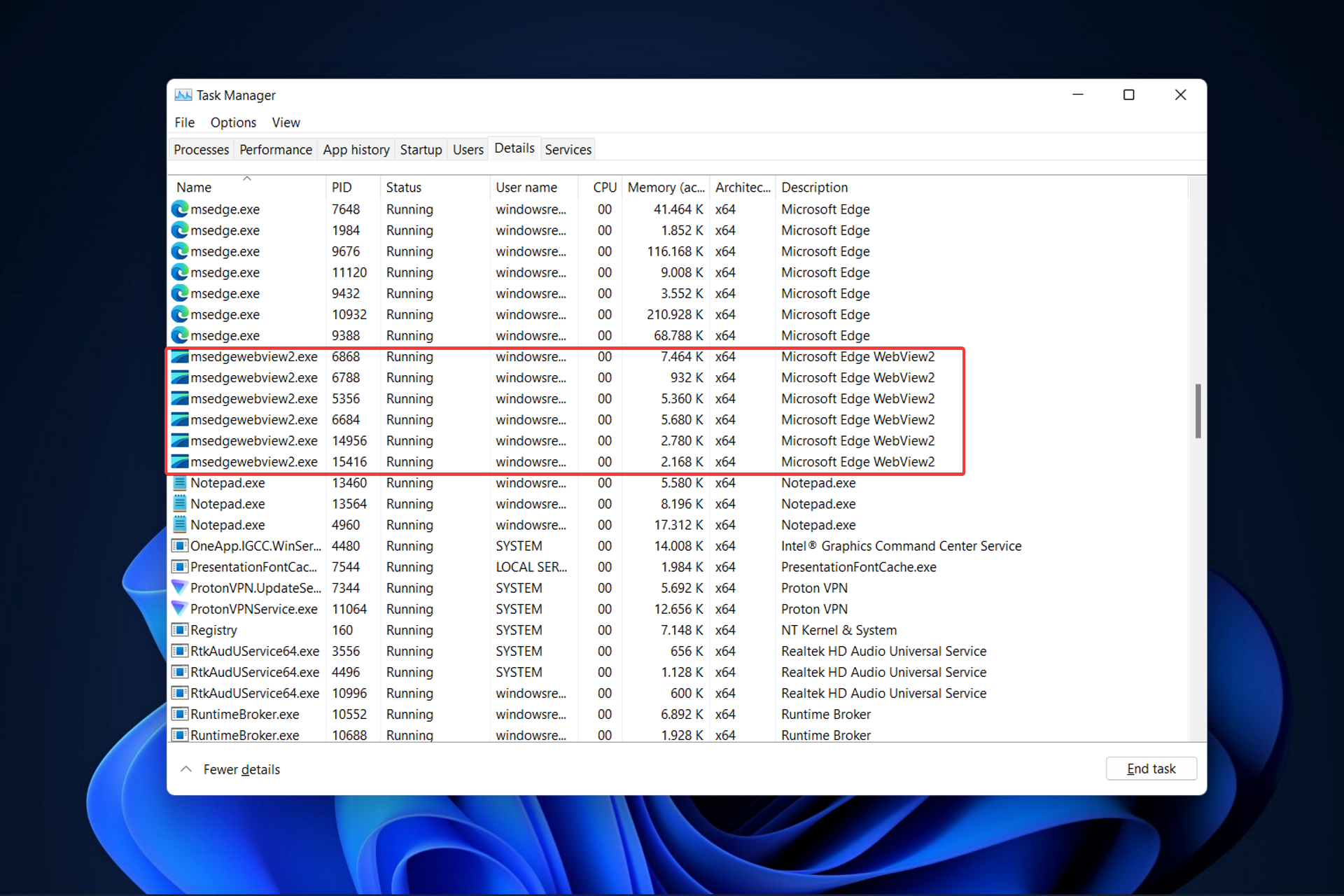
This will ensure a proper installation of Microsoft Edge Chromium ready to be used for an embedded browser control. If you do not want this and you want your application initialization faster you can separately download and install the WebView2 Evergreen runtime ( ) on the customer's machine.

Each time an update is pushed from Windows updates, a new copy is made to a temporary folder. Note that this process might take some time when the browser is dropped on the form for the first time, or your application is running for the first time. So no additional steps are required there. The implementation of TAdvWebBrowser or TTMSFNCWebBrowser checks if this is true, and automatically makes a copy to work with. When the customer has Windows updates turned on, Microsoft Edge Chromium should be available on his system. When developing your application that uses a TAdvWebBrowser or TTMSFNCWebBrowser, you want to make sure it runs on the customer's machine. Deploying your application to your customer Depending on the chosen technique to install Microsoft Edge Chromium, or making sure Microsoft Edge Chromium is available on your system can slightly differ. The message you will see that indicates the browser is properly initialized is displayed in the screenshot below. After copying both DLLs, to target 32 & 64 bit Windows applications, start the IDE (RAD Studio, or Lazarus), and drop an instance of TAdvWebBrowser or TTMSFNCWebBrowser. Both DLLs can be found in the installation folder, in a sub folder "Edge Support". The second step is copying both WebView2Loader_x86.dll & WebView2Loader_圆4.dll in to the system32 & sysWow64 folders.


Microsoft Edge WebView2 general availability!


 0 kommentar(er)
0 kommentar(er)
